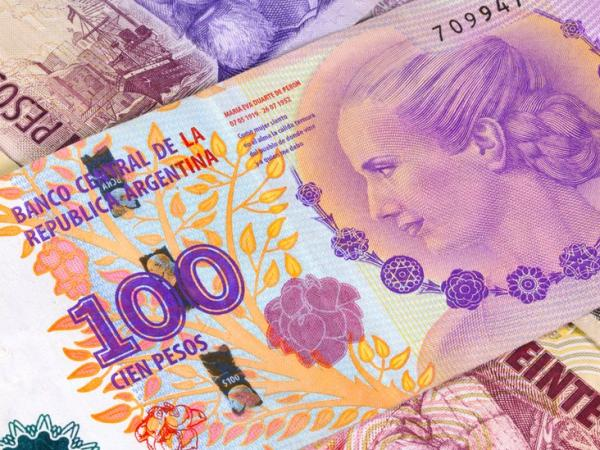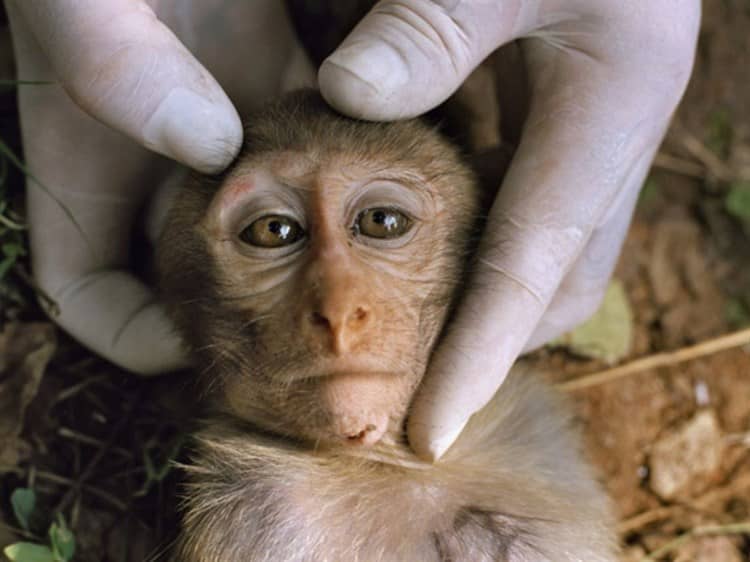A high dollar against many of the world’s major currencies contributes to the economic downturn.
That greenback strength has combined with rising interest rates in the United States to hamper growth.
They are not the cause of the current economic hardship, but they are adding fuel to the fire, when the world faces historic levels of rising costs of living and much uncertainty due to the war in Ukraine.
Experts say the rising dollar is contributing to a “synchronous slowdown” in the pace of economic activity in different parts of the world.
“A strong dollar is affecting growth because it occurs at the same time as high inflation, and that high inflation has to be combated with high interest rates,” says Eduardo Carbajal, professor of Economics and Finance at the Tecnológico de Monterrey, in Mexico. .
So, a high dollar, he points out in dialogue with BBC Mundo, “is making credit more expensive, not only in the United States, but also throughout the world.”
That means that when borrowing money is more expensive for countries, companies and people, activity slows down and recovery is uphill.
As if it were a delicate balance, any movement of the economic gear causes an effect in another part of the system.
The second effect of a rising dollar is that “it drives up the price of imported goods, which drives up inflation,” explains Elijah Oliveros-Rosen, a senior economist at the consulting firm S&P Global Ratings.
And, on the other hand, “it makes the payment of the debt in dollars more expensive”, something that can generate fiscal pressures in countries that have few funds to spend, he points out.
With meager fiscal budgets, governments are having to face the scars left by the covid-19 pandemic and the need for social assistance that most Latin American families require, who can hardly resist such high inflation.
In the end, a higher dollar generates less consumption and less investment outside the US, which, added to the strong fluctuations in the financial markets, does not anticipate a very promising path for the coming months.
In the last year, the dollar has appreciated in relation to 10 other strong currencies in the world by about 12%, while so far this year, the increase has been 7%, according to one of the most used indices to measure the performance of the greenback: the “Bloomberg Dollar Spot Index (BBDXY)”.
This occurs when the US Federal Reserve (FED), which is the equivalent of the central bank, has embarked on a progressive increase in interest rates to curb inflation.
And according to market projections, it will continue to raise them at least throughout this year, while investors continue to buy dollars as a way to protect their capital in these times of economic uncertainty.
A great challenge that is hitting the advanced economies that have seen a depreciation of currencies such as the euro, the Swiss franc or the pound sterling.
This has also happened in emerging economies, such as Latin America, which have to deal with weakened currencies, raise their own interest rates or intervene to cushion the fall of their banknotes.
Comparing the largest economies in the region, between 2021 and so far this year, the currencies that have devalued the most are those of Argentina -(27%), Chile (-18%) and Colombia (-15%), while that the Brazilian real was the only one that appreciated (3.7%) in the same period.
Against this scenario, if inflation does not subside, it is likely that interest rates will continue to rise, experts predict.
And if this is true, the region will have to wait a long time to recover its growth.
The same globally. That’s why economists say that we are facing “stagflation” (or at least it is just around the corner), which means low growth with high inflation.
Projections from international organizations indicate that it is not unreasonable to think that the US and Europe will enter a recession, that China will slow down sharply and that credit will remain high.
High rates in the US make this market more attractive for investors who do not want to take risks and prefer to take their capital out of emerging economies, a phenomenon that, according to the Institute of International Finance (the world business association of the financial industry) already it’s happening.
Now you can receive notifications from BBC World. Download the new version of our app and activate it so you don’t miss out on our best content.








